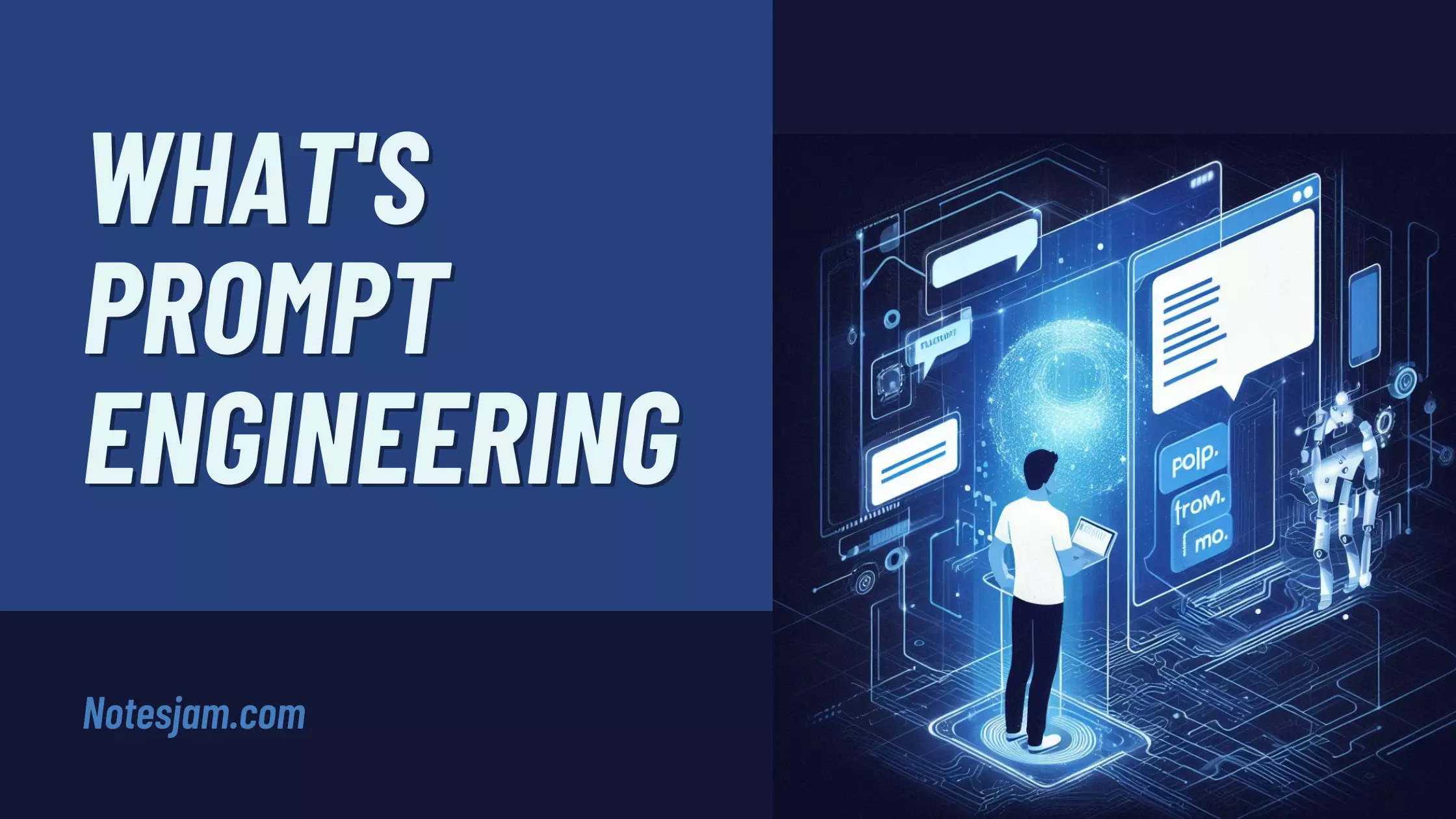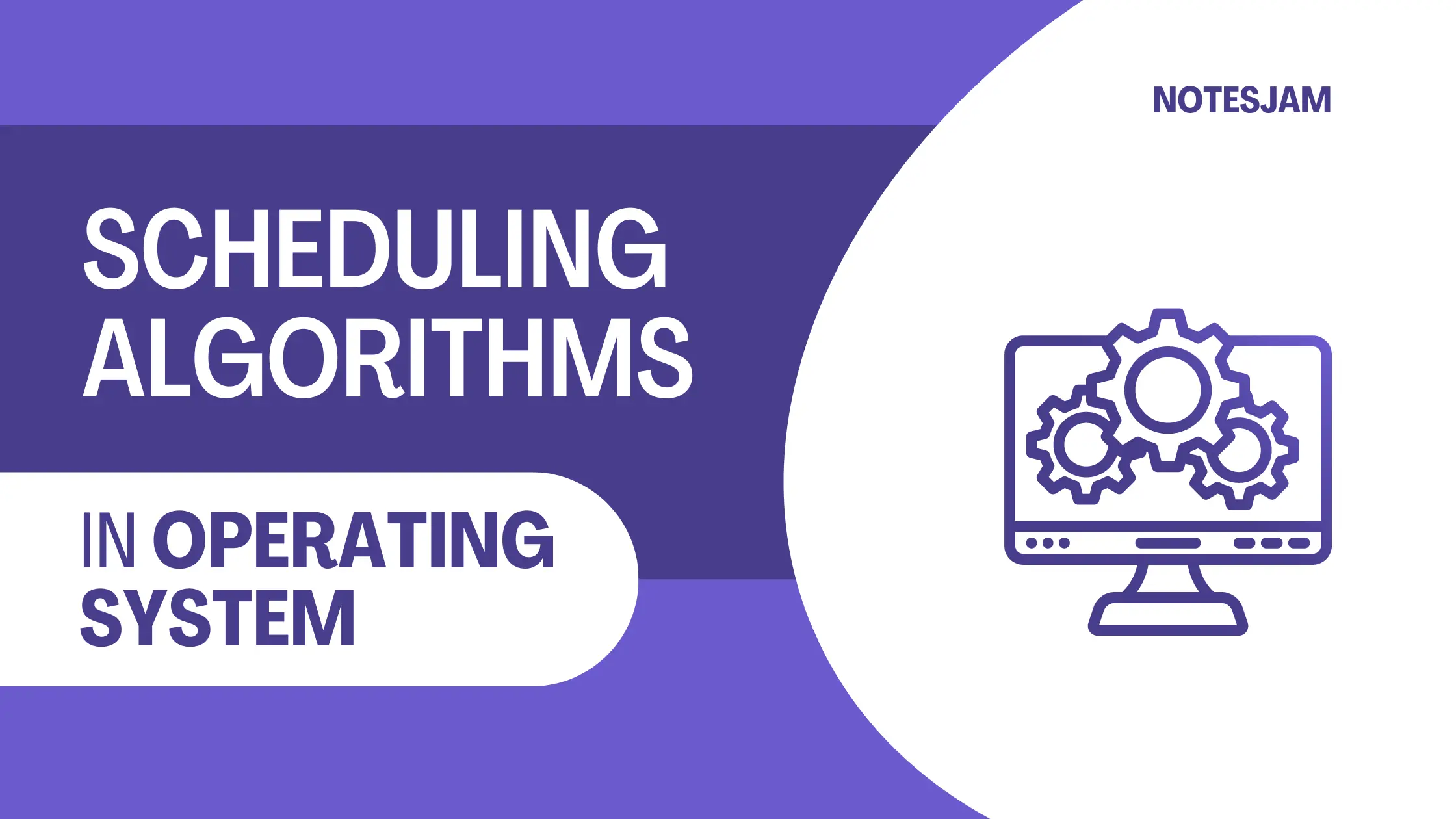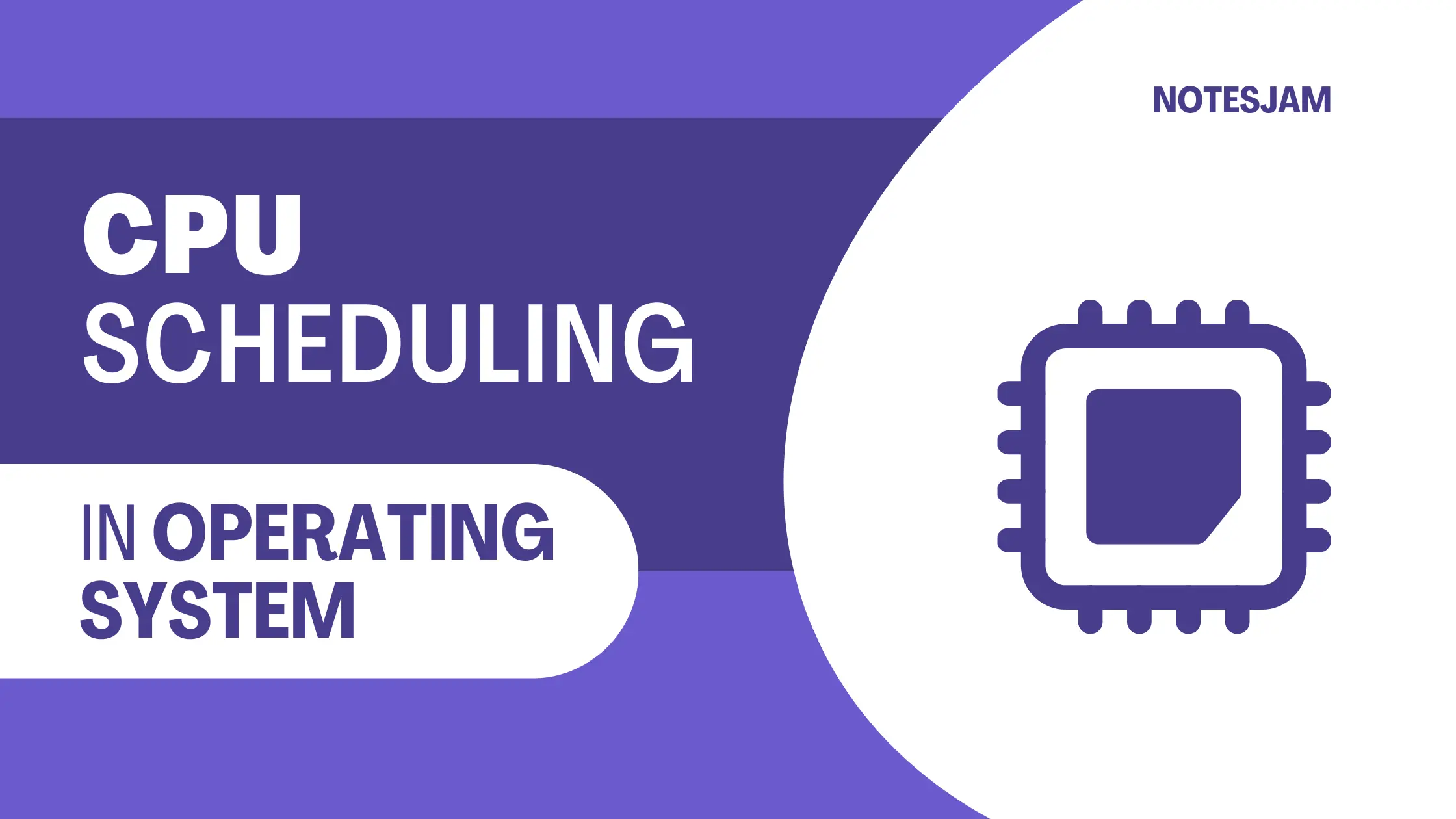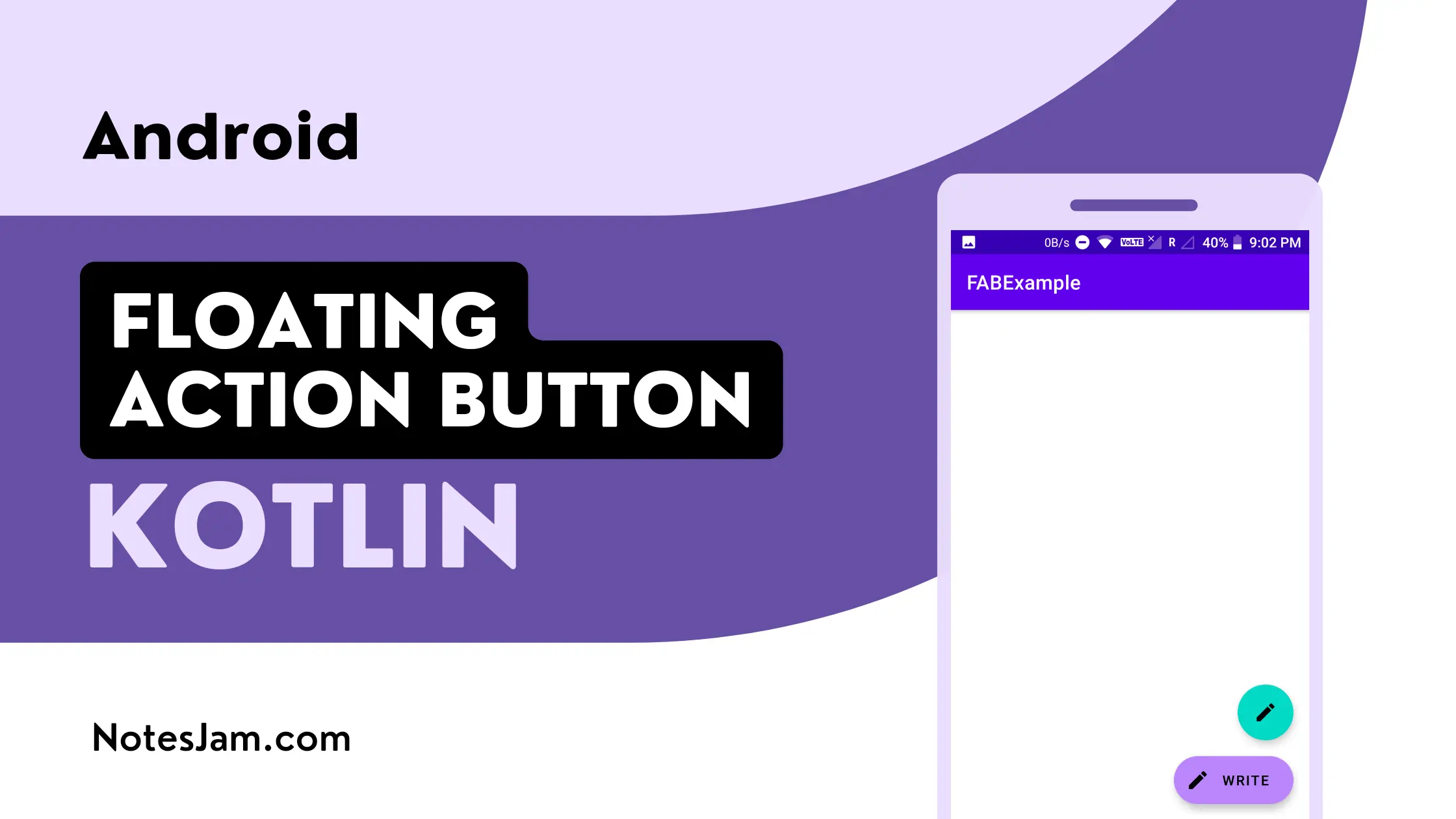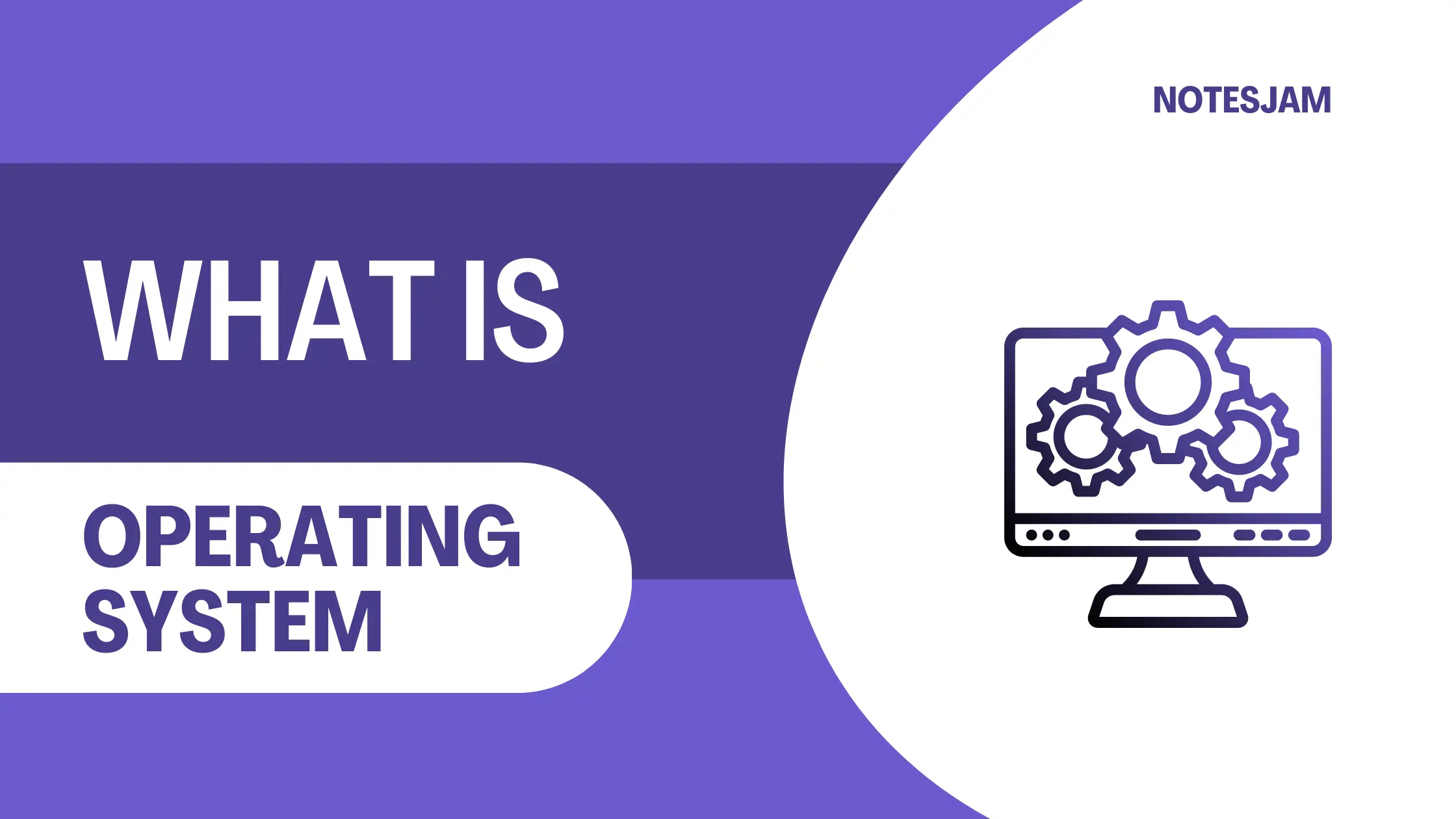In the world of natural language processing (NLP) and artificial intelligence (AI), prompt engineering has gained significant prominence. But what exactly is prompt engineering, and why is it important?
If you’re new to this field, don’t worry; this beginner’s guide will unravel the mystery of prompt engineering and provide you with a solid foundation to understand and utilize it effectively.
Table of Content
What is Prompt Engineering?
Prompt engineering is a crucial technique in NLP and AI that involves creating well-crafted, specific instructions or prompts to guide a model’s behavior.
In simpler terms, it’s like giving your AI model the right question or command to get the desired answer or output. It’s a fascinating blend of art and science that enables you to extract meaningful information from language models.
To demystify prompt engineering, let’s explore its key components and their significance.
Components of Prompt Engineering
Language Model
At the heart of prompt engineering is the language model. Language models are pre-trained neural networks capable of understanding and generating human-like text.
The choice of the language model is crucial because it determines the quality and accuracy of the generated responses. GPT-4, Llama2, and BERT were among the popular language models.
Prompt
The prompt is the input or question you provide to the language model. It serves as the guiding signal for the model to generate the desired output. Crafting a clear and effective prompt is an art in itself.
A well-designed prompt is specific, unambiguous, and tailored to the task at hand. It can be a single sentence or a few words, depending on the complexity of the task.
Task Formulation
Task formulation involves defining the problem or task you want the model to perform. For instance, do you want the model to provide a summary of a text, answer a question, or translate a sentence? Task formulation is essential because it influences the prompt’s wording and structure.
Fine-Tuning
Fine-tuning is the process of training the pre-trained language model on a specific dataset to make it more proficient at a particular task. It’s like giving the model additional expertise. Fine-tuning helps the model to adapt to specific domains, improve performance, and reduce biases.
Evaluation
Evaluating prompt-engineered models is critical to ensuring their reliability and accuracy. Metrics like accuracy, fluency, and relevance are commonly used to assess the performance of these models.
Why is Prompt Engineering Important?
Prompt engineering is a fundamental concept in NLP for several reasons:
- Control: It gives you control over the language model’s output. By crafting a well-defined prompt, you can steer the model in the direction you want.
- Customization: Prompt engineering allows you to customize AI models for specific tasks and domains. This flexibility is invaluable in various applications, from chatbots to content generation.
- Bias Mitigation: You can use prompt engineering to mitigate biases in AI models. By providing fair and unbiased prompts, you can ensure more ethical and unbiased results.
- Human-AI Collaboration: It facilitates better collaboration between humans and AI. A well-structured prompt makes it easier for non-technical users to interact with AI systems effectively.
- Performance Enhancement: Through fine-tuning and careful prompt design, you can significantly enhance the performance of language models.
Strategies for Effective Prompt
Now that you understand the importance of prompt engineering, let’s delve into strategies for creating effective prompts:
Be Specific
The more specific your prompt, the better the model’s output. Instead of asking a broad question like “Tell me about climate change,” try “Provide a summary of the causes of climate change in 100 words.”
Experiment
Don’t hesitate to experiment with different prompts and phrasings. Try variations to see which one yields the most accurate results. Remember, prompt engineering is an iterative process.
Use User-Friendly Language
If your AI model is meant for non-technical users, use plain and user-friendly language in your prompts. This ensures accessibility and a broader user base.
Control the Output Length
You can specify the desired length of the response by adding instructions like “In 50 words” or “In one paragraph.” This prevents overly verbose or excessively brief answers.
Leverage Fine-Tuning
For specific tasks, consider fine-tuning your model on a related dataset. This fine-tuning process will tailor the model to your task, improving its performance.
Evaluate and Iterate
Regularly evaluate the performance of your prompts and iterate. Analyze the generated outputs and adjust your prompts accordingly to achieve better results.
Real-World Applications of Prompt Engineering
Prompt engineering is used in a wide range of applications. Here are some notable examples:
Chatbots
Chatbots use prompt engineering to understand and respond to user queries. A well-constructed prompt ensures that the chatbot provides relevant and helpful responses.
Content Generation
In content generation, such as writing articles or reports, prompt engineering is used to instruct the AI model to generate content on specific topics or in a particular style.
Language Translation
For language translation tasks, prompts are crafted to instruct the model to translate text from one language to another accurately.
Information Retrieval
Search engines use prompt engineering to understand user queries and provide relevant search results. The prompt helps the search engine understand the user’s intent.
Question Answering
In question-answering systems, prompts are designed to instruct the model to extract the most accurate and relevant information to answer a user’s question.
Ethical Considerations in Prompt Engineering
While prompt engineering is a powerful tool, it comes with ethical responsibilities. Here are some key ethical considerations:
- Bias Mitigation: Ensure your prompts are unbiased and do not lead to discriminatory outputs. Monitor and rectify biases in the language model’s responses.
- Transparency: Be transparent about the involvement of AI in generating responses. Users should know when they are interacting with an AI system.
- User Privacy: Respect user privacy and data security when using AI models. Prompt engineering should not compromise user information.
- Accountability: Take responsibility for the outputs generated by your prompts. If errors or biases are detected, acknowledge them and work on improvements.
The Future of Prompt Engineering
Prompt engineering is an evolving field with the potential to revolutionize how we interact with AI systems. As AI models become more advanced and accessible, prompt engineering will play a critical role in shaping their behavior and ensuring their responsible use.
Conclusion
In this beginner’s guide to prompt engineering, we’ve demystified the concept and highlighted its significance in NLP and AI. By understanding the components, strategies, and ethical considerations of prompt engineering, you’re well-equipped to harness the power of AI models effectively and responsibly.
As you embark on your journey in this fascinating field, remember that prompt engineering is a dynamic and evolving discipline, so stay curious and keep experimenting with your prompts to achieve the best results.
Thank you for reading, and happy prompt engineering!
